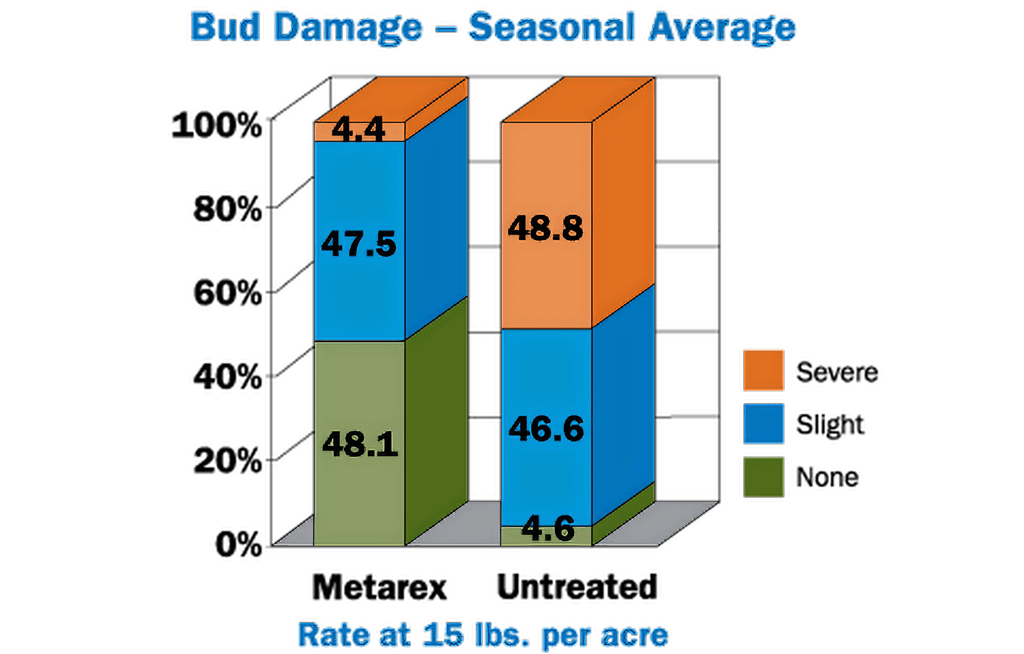- Countries
- Login
Overview
Snails and slugs can cause significant damage to artichokes. The dense canopy and moist environment of artichoke fields provide ideal conditions for mollusks to feed and propagate.
- Slug
- Snail
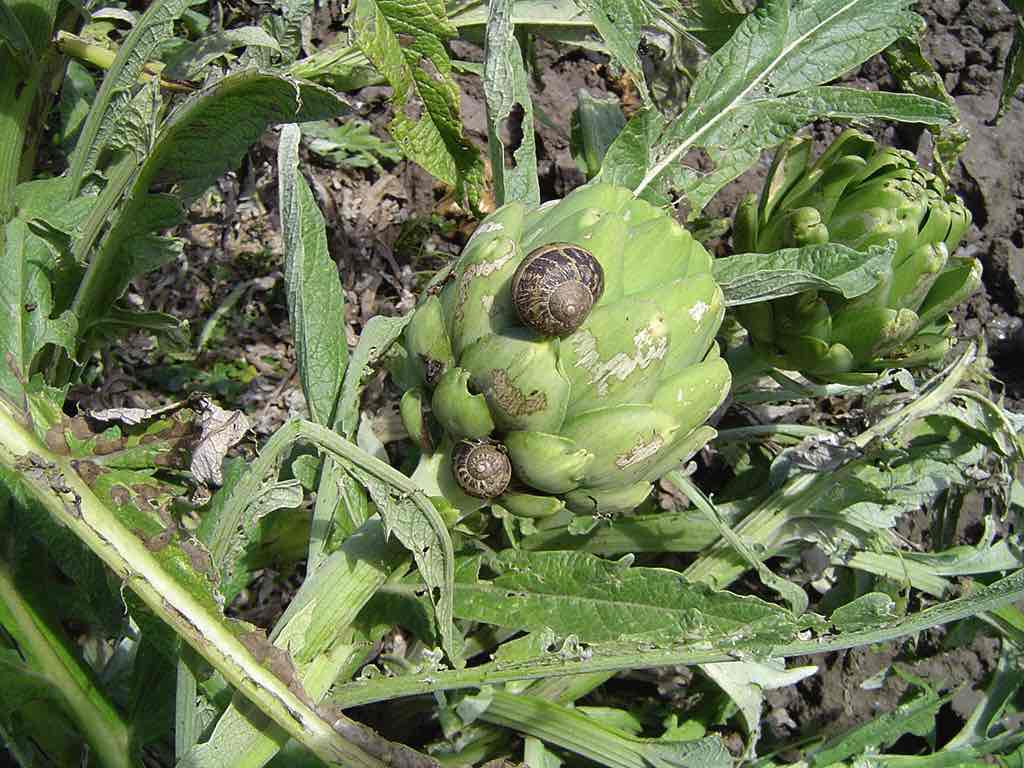
Residual Control
Many artichoke growers treat using metaldehyde or other compounds immediately following a major rain or irrigation event. For effective control, a weather-resistant blanket of protection needs to be in place when the snails start to feed. Plentiful baiting points are critical for getting rid of slugs since they often do not venture far to feed, especially less-mobile juveniles. Innovative growers have found that using application equipment designed for banded application of granular products between rows and/or directed towards the base of the plants at low rates is effective.
Why Metarex?
The weatherability, pellet uniformity, mold resistance, palatability, and efficacy of Metarex all contribute to its performance. Integrated Pest Management (IPM) practices incorporating Metarex at reduced rates (per label directions) have been shown to achieve effective control and reduce crop damage.
Metarex 4% Metaldehyde Bait with reduced-rate technology offers high palatability in smaller, consistently-sized pellets. An exclusive manufacturing process blends the active ingredient homogeneously throughout the pellet, while drying and hardening the pellet. This process is similar to that used for pasta. It can become wet and will re-harden, offering irrigation and mold resistance and yielding long field life. Metarex’s all-weather formula is rainfast up to 45 days under normal rainfall. Metarex’s hard pellets hold up during application.
Metarex’s no-dust formula reduces bait waste, and your applicator rig and clothing do not turn blue, saving you valuable clean-up time.
Metarex provides more baiting points (pellets) at approximately 35,400 per pound. Plentiful baiting points are critical for controlling slugs and snails since slugs and snails often do not venture far to feed, especially less-mobile juveniles.
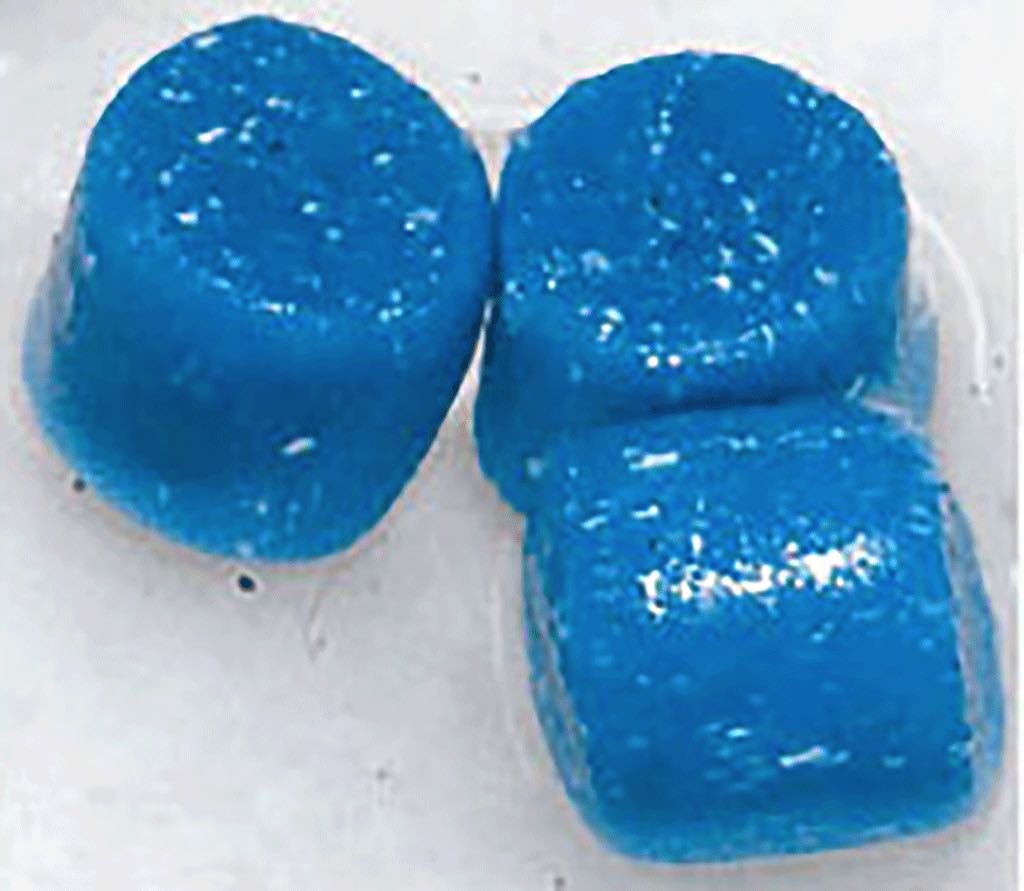
Weatherability
Metarex’s all-weather formula is resistant to rain and watering. Pellets retain their shape longer, remaining effective and providing protection for up to four weeks. Successful preventative treatments can be made according to label directions with rates as low as 9 pounds per acre (seven Metarex pellets per square foot), and bait can provide protection for up to four weeks.
Metarex pellets after 24 hours in an open Petri dish, 20mL water, 85% relative humidity. Photo credit: Dr. Hipólito O’Farrill, Entomologist, University of Puerto Rico – Mayagüez, 11/07.
Mold Resistance
Metarex holds up even 10 days after treatment.
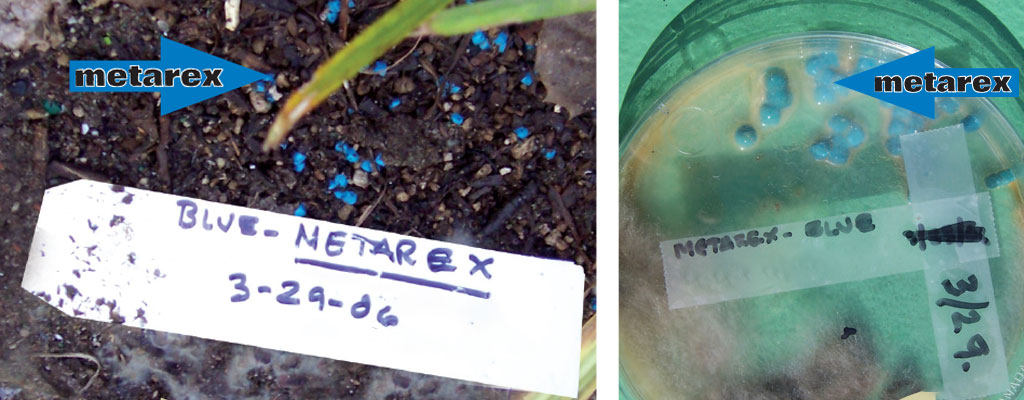
Uniformity
Metarex’s pellet size uniformity helps it achieve more consistent dispersion when applied in a band, in between rows and/or directed at the base of plants with application equipment designed for banded application of granular products. Highly visible pellets help assure proper coverage and prevent over-application.
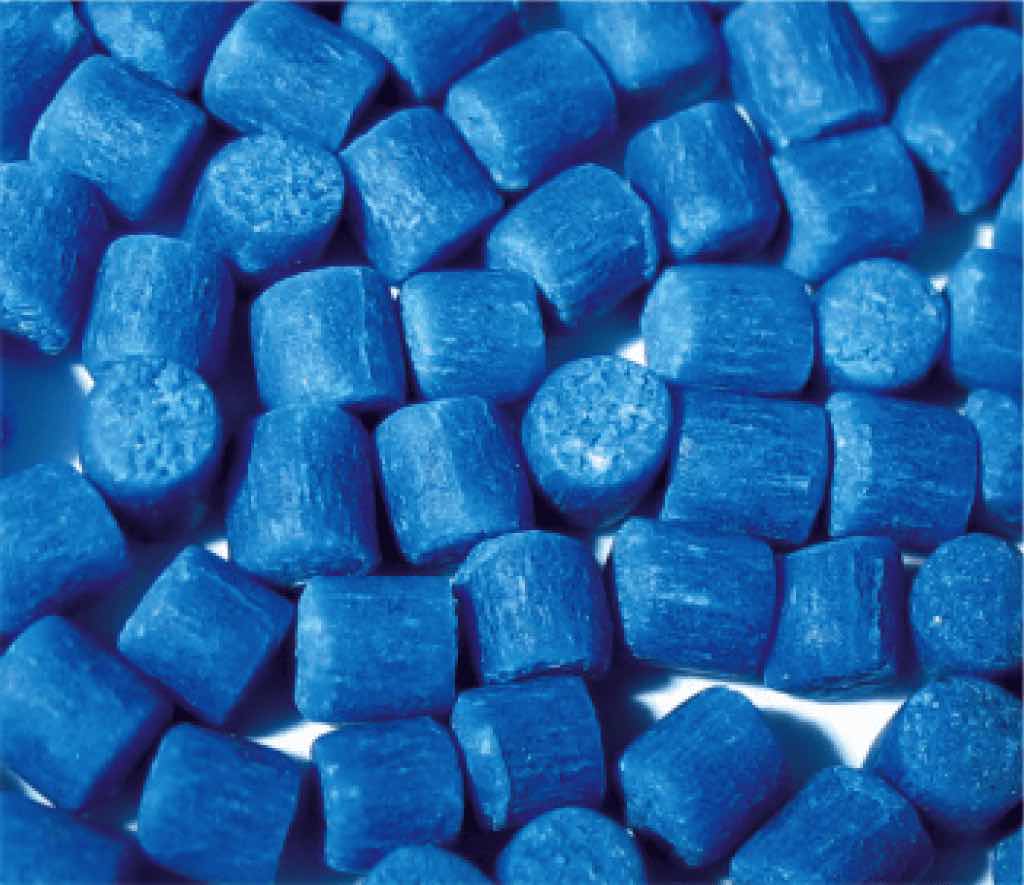
Efficacy
Dr. Mohammed Bari of the Artichoke Research Board has tested Metarex extensively at low rates according to label directions, under the most challenging conditions. For more information, contact your Distributor.
Application Directions
For perennials, apply Metarex at a rate of 9–25 pounds per acre (A). The maximum application rate is 25 pounds of product per acre (1.0 lb. ai/A) per application. A maximum of 6 applications are permitted at a minimum retreatment interval of 18 days.
For annuals, apply Metarex at a rate of 9–25 pounds per acre (A). The maximum application rate is 25 pounds of product per acre (1.0 lb ai/A) per application. A maximum of 2 applications are permitted at a minimum retreatment interval of 18 days. See full label.
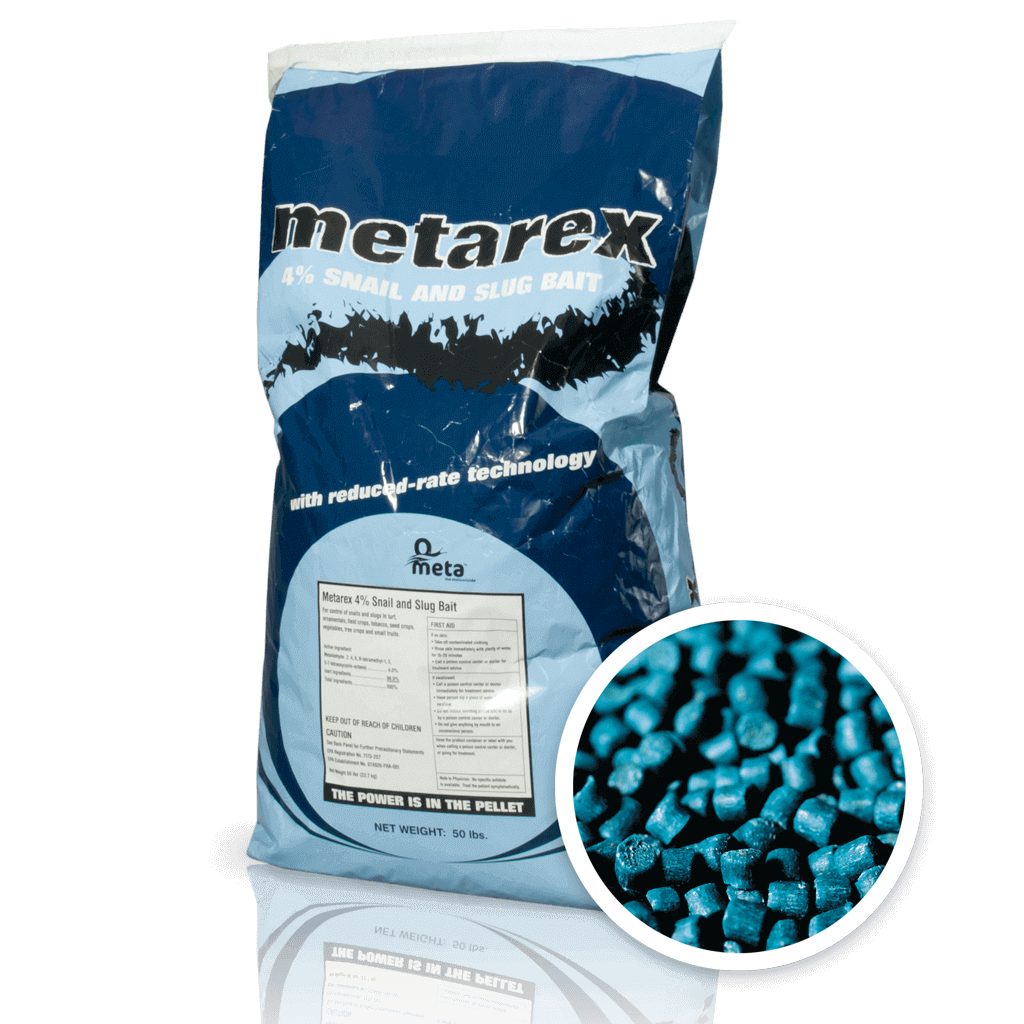
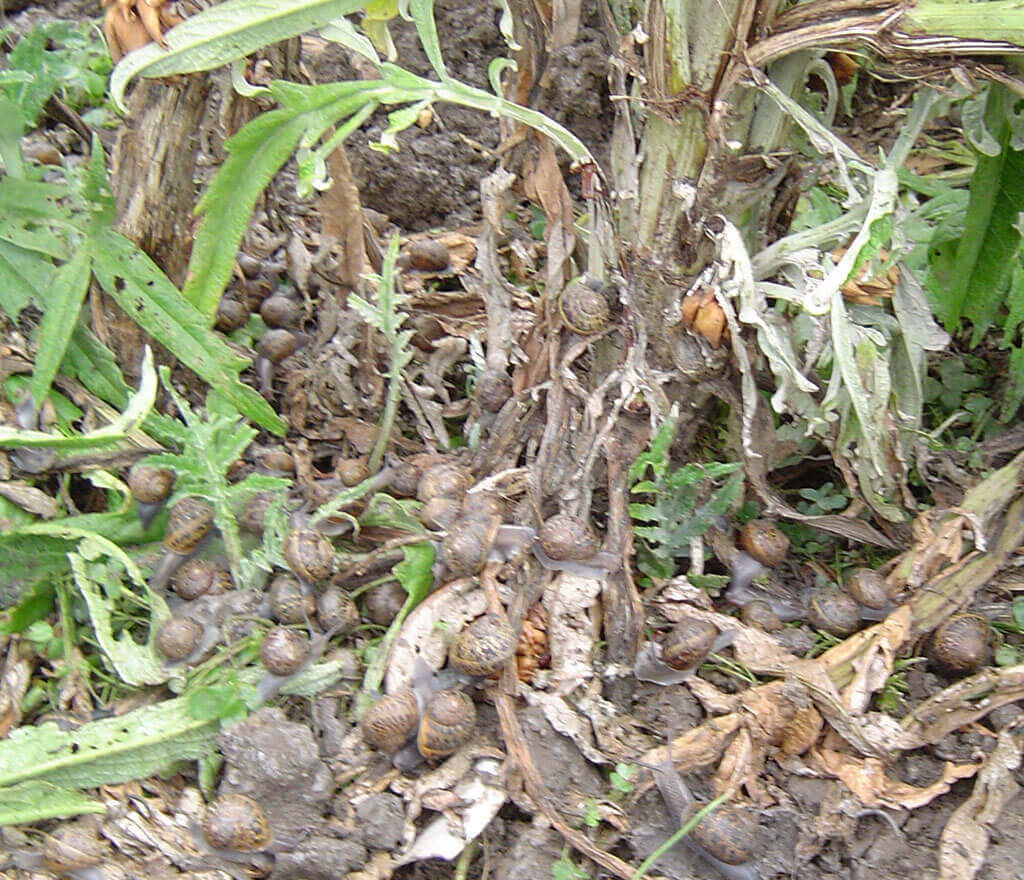 Severe snail damage to artichoke.
Severe snail damage to artichoke.